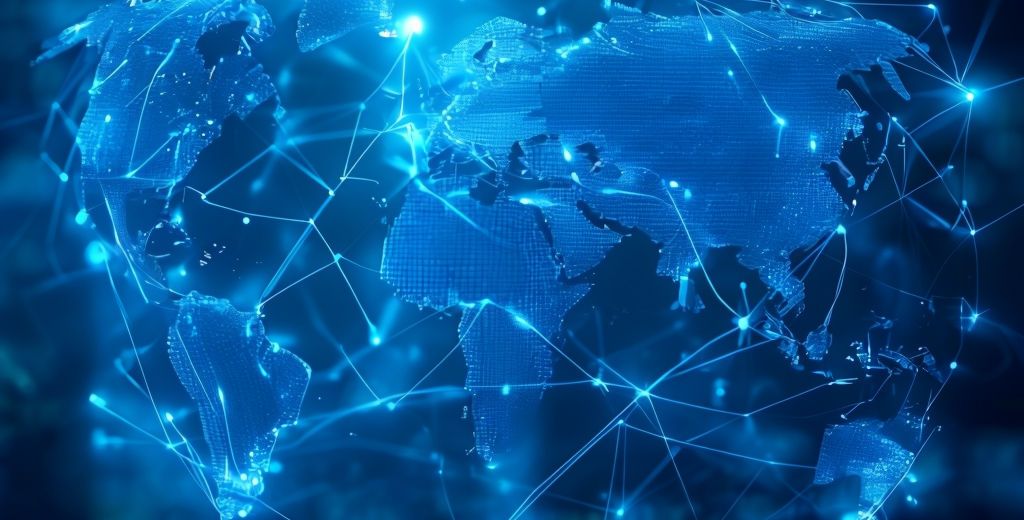The internet has continually evolved, reshaping how we interact and engage online. Now, as we stand on the brink of another significant shift, Web3—an internet that is decentralized and user-centric—promises to transform our digital landscape. The question is: Are we ready for the changes Web3 will bring?
Understanding Web3
Web3, the third iteration of the internet, builds upon the foundations of Web1 and Web2. Web1, starting around 1991, was a static, read-only environment with limited user interaction. Web2, emerging in the mid-2000s, introduced user-generated content and social media, leading to the dominance of big tech companies. However, this centralization meant that users did not truly own their content, with control and monetization in the hands of a few corporations.
Web3 seeks to address these issues by decentralizing the internet. Rather than relying on large data centers owned by tech giants, Web3 operates on a distributed network of smaller nodes. This shift allows users to take ownership of their digital identities and content, secured by immutable smart contracts.
Key Features of Web3
Web3 introduces several groundbreaking concepts that set it apart from previous internet iterations:
- Decentralized Autonomous Organizations (DAOs): DAOs enable community-driven governance, where decisions are made collectively, akin to direct democracy, rather than through traditional corporate hierarchies.
- Smart Contracts: These self-executing agreements are coded into the blockchain, eliminating intermediaries and giving users full control over their assets.
- Blockchain Technology: The backbone of Web3, blockchain ensures that data is distributed across a network of nodes, enhancing security and reducing the risk of breaches.
- Decentralized Finance (DeFi): DeFi opens access to financial services, allowing users to borrow, lend, trade, and invest without traditional banks or institutions.
- Non-Fungible Tokens (NFTs): NFTs represent ownership of unique digital assets, such as art, music, and virtual real estate, offering a new way to buy, sell, and trade digital content.
The Promise of Web3
Web3 has the potential to revolutionize various industries by returning control of data to users and enabling new forms of customer engagement. Blockchain technology offers businesses secure, trustworthy platforms for interacting with customers, free from the control of big tech companies.
Furthermore, Web3 democratizes access to advanced technologies like artificial intelligence, fostering innovation and opening new opportunities for individuals and small businesses worldwide.
The Future of Web3
As Web3 matures, it holds the promise of addressing digital and economic inequalities. Decentralized platforms allow small businesses to compete globally and provide access to financial services for those underserved by traditional banking.
Web3 is poised to transform work, with DAOs potentially reshaping labor organization and creating new industries and job opportunities in blockchain development, smart contract programming, and DeFi.
Conclusion
Web3 represents a fundamental shift in digital interaction, decentralizing control, empowering users, and democratizing access to technology. While challenges remain, the potential of Web3 to create a more equitable, transparent, and secure internet is undeniable. As we prepare for this new era, embracing these changes will be crucial for navigating the future of the internet.




